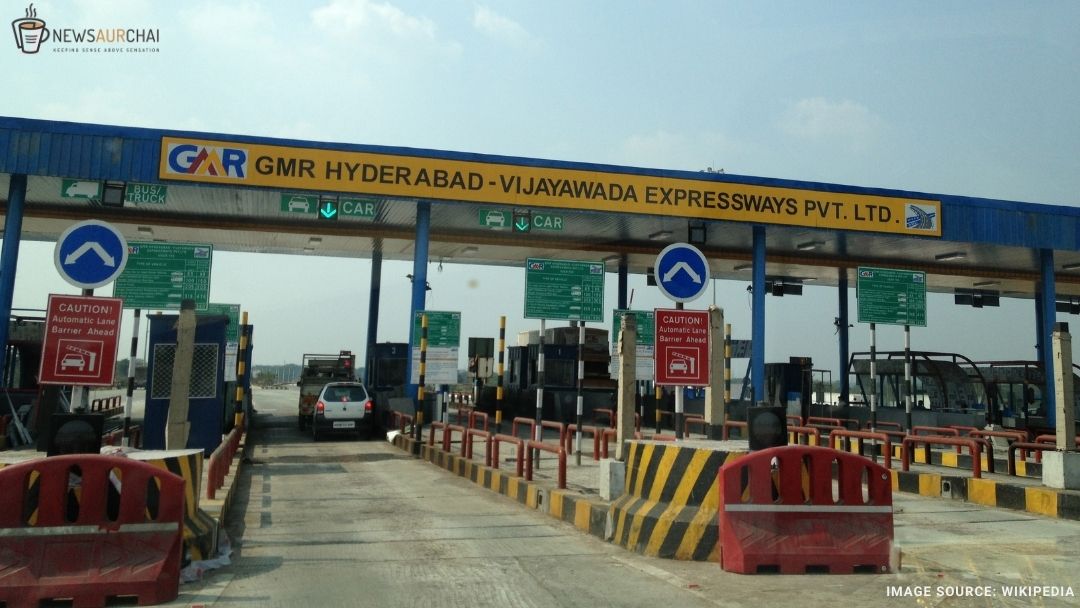
On Thursday, March 18, the Union Minister for Road Transport and Highways, Nitin Gadkari, informed the Lok Sabha that India would get rid of all toll booths within a year and implement a toll collection system based on the Global Positioning System (GPS).
“I want to assure the House that within one year, all physical toll booths in the country will be removed. It means toll collection will happen via GPS. The money will be collected based on GPS imaging of the vehicle,” he said, responding to a question by Bahujan Samaj Party (BSP) MP, Danish Ali, during the question hour in Lok Sabha.
Why The Need For A GPS-Based Toll Collection System?
Over the last few years, the Government has been pushing for FASTags at National Highways for toll collection. FASTag is a Radio Frequency Identification (RFID) based Electronic Toll Collection (ETC) system. So far, 93% of motorists have started using FASTags.
FASTags aimed to ensure a quick and hassle-free way of paying the toll, where the toll amount is directly deducted from your account. However, the issue of traffic jams and long queues at toll booths is still persistent. To solve this issue and provide relief to motorists, the Government is preparing to replace the Toll Plazas with GPS-based tolling systems.
The National Highway Authority of India (NHAI) is working with the Indian Highways Management Company Limited (IHMCL) and 22 banks to streamline the toll collection process.
The GPS-based toll system is a step further in the digitization of the toll collection process. The system will track the vehicles’ movement and then collect the toll amount based on the distance covered. This will also ensure that motorists are charged only for the distance they cover and not the capped fares they pay right now at toll plazas. This will ensure that people can travel freely across the country without spending hours stuck in traffic jams at toll plazas.
Nitin Gadkari has also said that he is hopeful that after implementing the GPS technology, the revenue will increase over the next five years by Rs. 1,34,000 crores.
How Does It Work?
With mandatory FASTags, toll collection is already digitized in the country. The new Electronic Toll Collection (ETC) system will be satellite-based. It will use GPS and the General Packet Radio Service (GPRS). Telecom providers already used GPRS to provide 2G cellular data to users. Moreover, in India, all vehicles made after 2019 are equipped with a Vehicle Tracking System (VTS). This makes it easy to track the movement of the vehicles. The toll amount will be deducted from the bank account of the vehicle owner.
Nitin Gadkari has said that the Indian Government has accepted the GPS with the Russian Government’s help. Within two years, India will have a toll collection system running on GPS technology.
Concerns About Implementation
Firstly, India will have to geo-fence its highways to accurately track the vehicles’ movement to ensure that the GPS-based ETC system works. There is also the question of how older vehicles will be fitted with the requisite technology as they won’t be equipped with VTS. The Government will have to work out how to solve this problem.
There are also questions about how the toll amount will be collected if the linked bank account has no money. In the case of FASTag, if the account has insufficient funds, motorists have to pay by cash at the toll booth. The linking of a bank account to the system also raises privacy and security concerns. This move can also raise other privacy issues as the system will track the live location of vehicles. Therefore, concerns about how this data will be stored and transmitted need to be addressed effectively.





